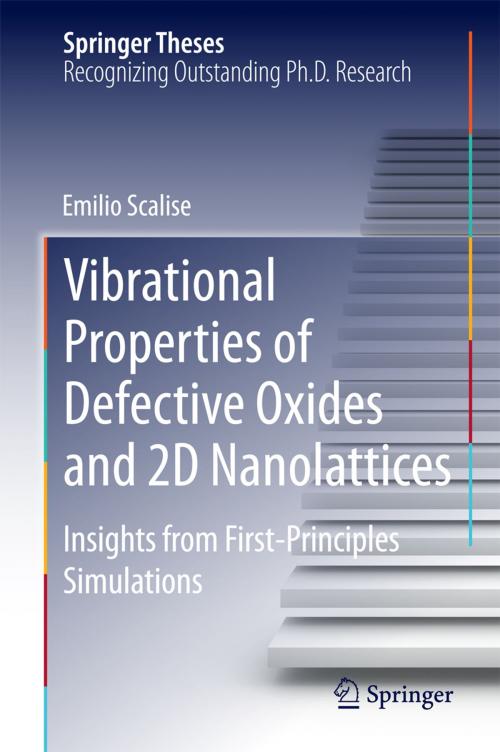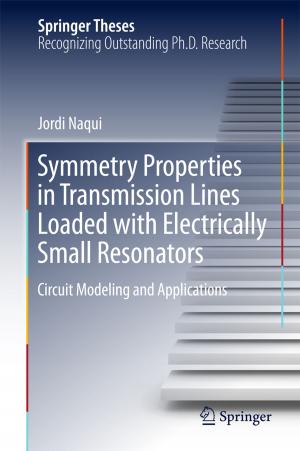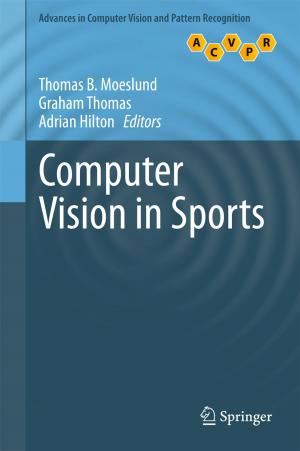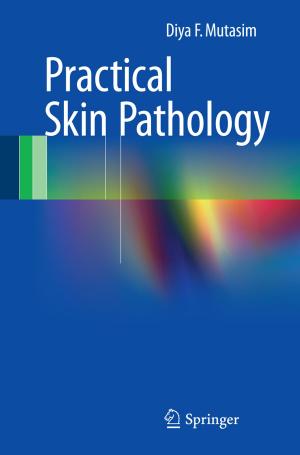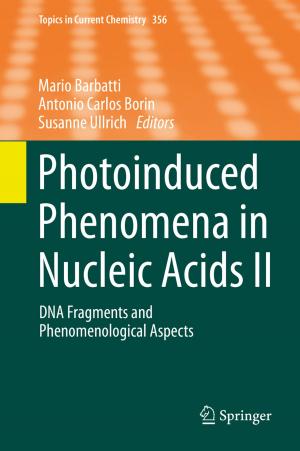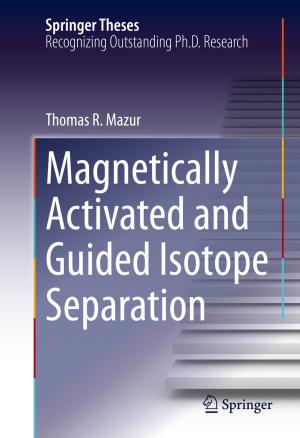Vibrational Properties of Defective Oxides and 2D Nanolattices
Insights from First-Principles Simulations
Nonfiction, Science & Nature, Technology, Electronics, Semiconductors, Material Science| Author: | Emilio Scalise | ISBN: | 9783319071824 |
| Publisher: | Springer International Publishing | Publication: | May 28, 2014 |
| Imprint: | Springer | Language: | English |
| Author: | Emilio Scalise |
| ISBN: | 9783319071824 |
| Publisher: | Springer International Publishing |
| Publication: | May 28, 2014 |
| Imprint: | Springer |
| Language: | English |
Ge and III–V compounds, semiconductors with high carrier mobilities, are candidates to replace Si as the channel in MOS devices. 2D materials – like graphene and MoS_2 – are also envisioned to replace Si in the future.
This thesis is devoted to the first-principles modeling of the vibrational properties of these novel channel materials.
The first part of the thesis focuses on the vibrational properties of various oxides on Ge, making it possible to identify the vibrational signature of specific defects which could hamper the proper functioning of MOSFETs.
The second part of the thesis reports on the electronic and vibrational properties of novel 2D materials like silicene and germanene, the Si and Ge 2D counterparts of graphene. The interaction of these 2D materials with metallic and non-metallic substrates is investigated. It was predicted, for the first time, and later experimentally confirmed, that silicene could be grown on a non-metallic template like MoS_2, a breakthrough that could open the door to the possible use of silicene in future nanoelectronic devices.
Ge and III–V compounds, semiconductors with high carrier mobilities, are candidates to replace Si as the channel in MOS devices. 2D materials – like graphene and MoS_2 – are also envisioned to replace Si in the future.
This thesis is devoted to the first-principles modeling of the vibrational properties of these novel channel materials.
The first part of the thesis focuses on the vibrational properties of various oxides on Ge, making it possible to identify the vibrational signature of specific defects which could hamper the proper functioning of MOSFETs.
The second part of the thesis reports on the electronic and vibrational properties of novel 2D materials like silicene and germanene, the Si and Ge 2D counterparts of graphene. The interaction of these 2D materials with metallic and non-metallic substrates is investigated. It was predicted, for the first time, and later experimentally confirmed, that silicene could be grown on a non-metallic template like MoS_2, a breakthrough that could open the door to the possible use of silicene in future nanoelectronic devices.
